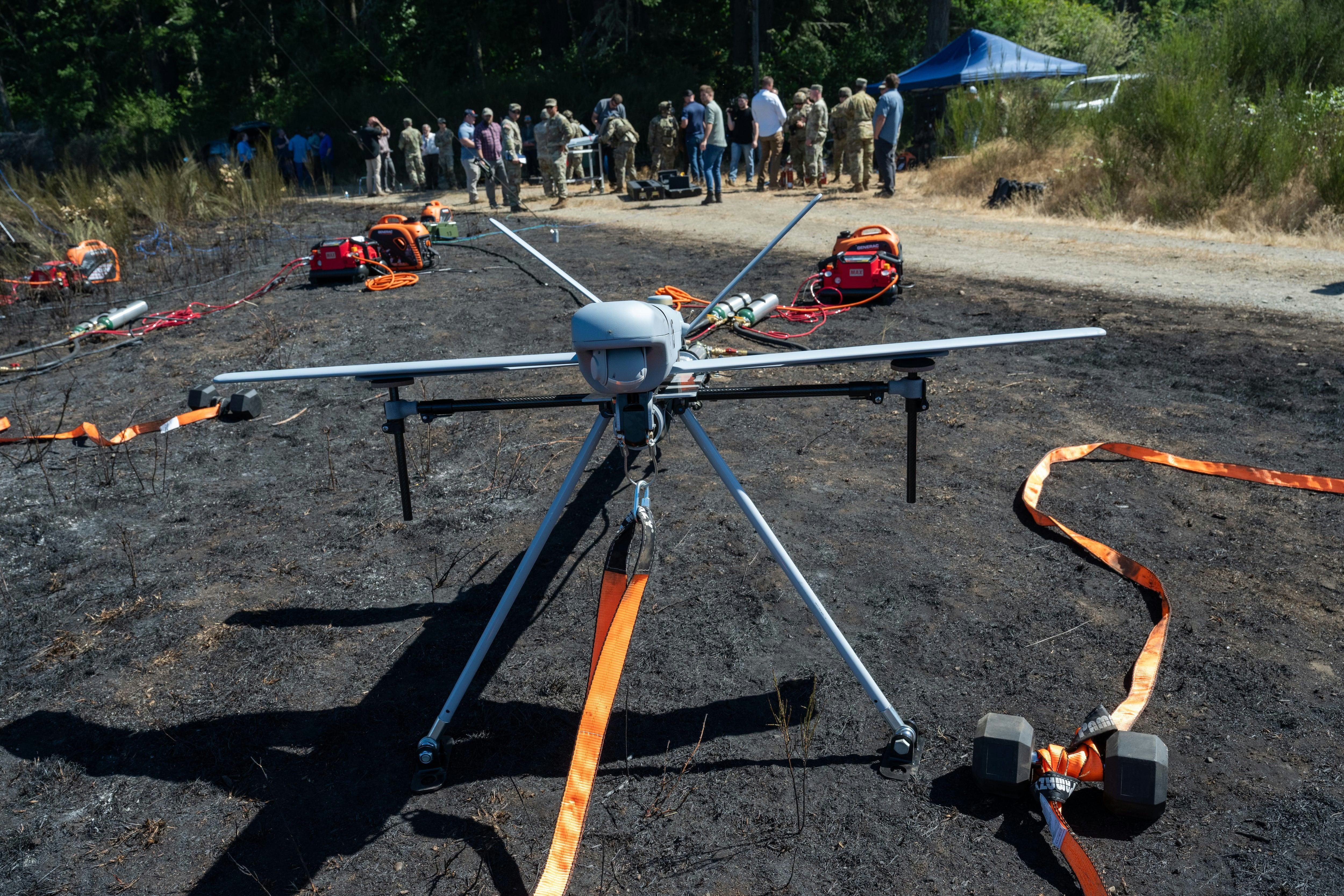
AeroGenie — ваш интеллектуальный второй пилот.
В тренде
Categories
Tokyo Fire Department Adds Airbus H225 to Emergency Response Fleet
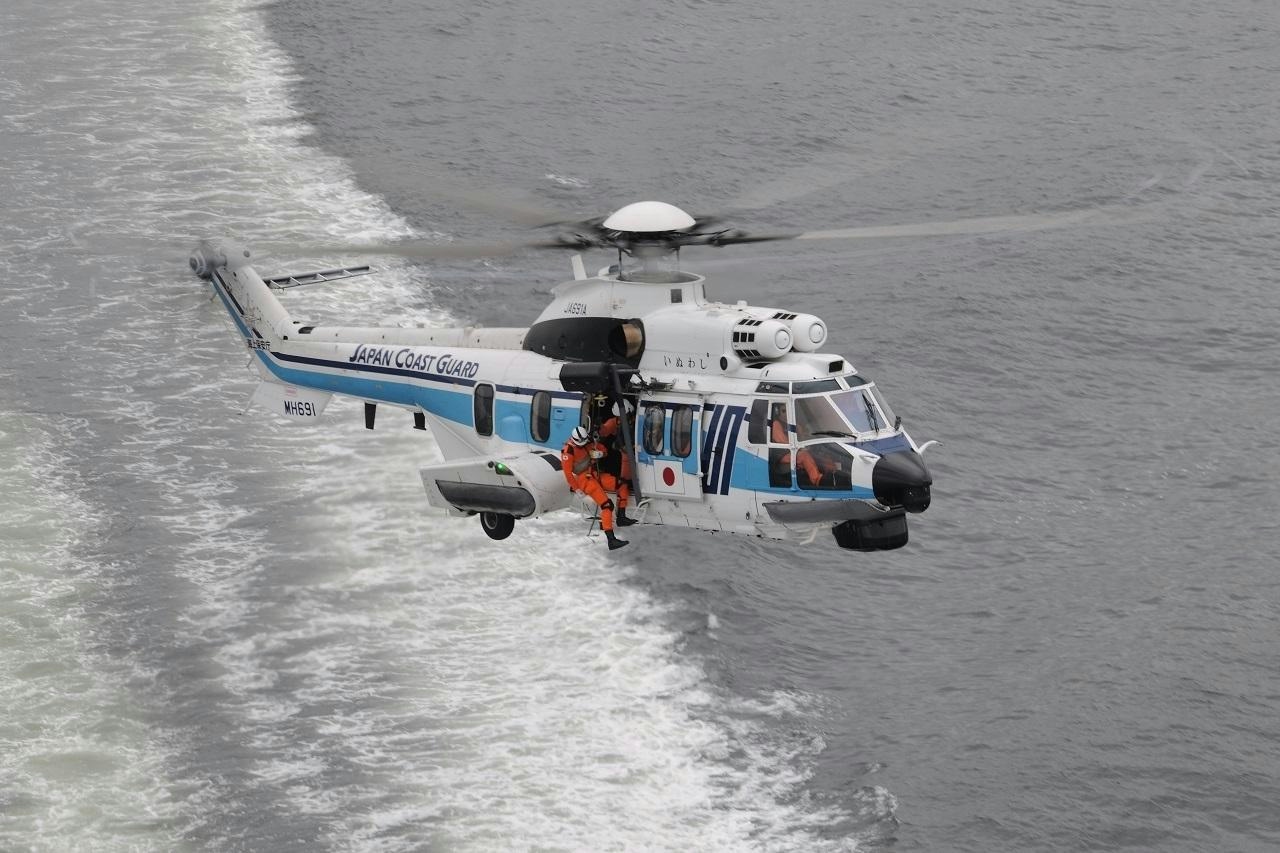
Tokyo Fire Department Integrates Airbus H225 into Emergency Fleet
The Tokyo Fire Department has awarded Airbus Helicopters a contract to supply the H225 model as part of its ongoing fleet modernization initiative. This strategic acquisition aims to enhance the department’s operational capabilities across a range of critical missions, including aerial firefighting, search and rescue, emergency medical services, and disaster response. The introduction of the H225 marks a significant upgrade, replacing an older aircraft with a platform equipped to meet the demanding requirements of urban emergency operations.
Advanced Capabilities and Operational Enhancements
The H225 comes outfitted with specialized features designed to improve mission effectiveness and response times. Among these are a dedicated search and rescue mode that facilitates rapid target detection, emergency stretchers for immediate onboard medical treatment, and a belly-mounted water tank to support aerial firefighting efforts. These enhancements are expected to enable the Tokyo Fire Department to respond swiftly and efficiently to emergencies within the capital and its surrounding areas.
Despite the clear operational benefits, integrating the H225 into the existing fleet presents several challenges. The department must ensure compatibility with current equipment, address pilot training needs, and establish maintenance protocols to maintain seamless functionality. These considerations reflect the complexities involved in adopting advanced aerial platforms but align with a broader trend among urban emergency services toward expanding their aerial response capabilities.
Historical Partnership and Broader Context
The Tokyo Fire Department’s collaboration with Airbus Helicopters dates back to 1967, when it first introduced the Alouette III helicopter. Currently, the department operates a fleet that includes three H225s and three AS365s, maintaining a robust aerial firefighting and rescue capacity. The latest procurement reinforces this longstanding relationship and underscores the department’s commitment to leveraging cutting-edge aviation technology to safeguard the community.
The Airbus H225, part of the Super Puma family, is renowned for its strong performance in challenging environments, extended operational range, and substantial payload capacity. Its advanced avionics and autopilot systems contribute to enhanced flight safety and reduced pilot workload, factors that are critical during complex emergency missions.
Across Japan, 24 H225 helicopters are already in service with the Ministry of Defence and various para-public agencies, fulfilling essential roles such as search and rescue, aerial firefighting, VIP transport, and logistical support. The Tokyo Fire Department’s acquisition highlights the growing reliance on sophisticated rotary-wing aircraft in urban emergency response and reinforces Airbus Helicopters’ prominent position within Japan’s para-public aviation sector.
Market analysts suggest that Tokyo’s decision may stimulate increased interest in similar helicopter models among other fire departments nationwide. This development could prompt competitors to upgrade their fleets or offer more competitive pricing and service options, potentially accelerating the adoption of advanced aerial assets across Japan’s emergency services.

Lufthansa's Fleet Plans for 2025
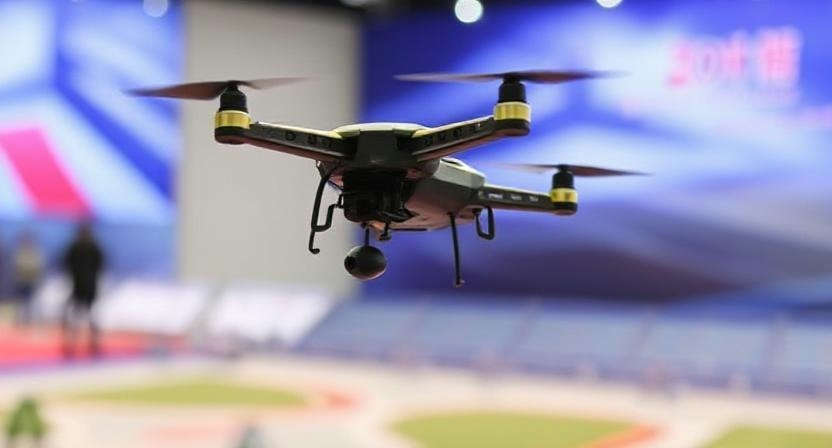
Fifteenth National Games Model Aviation Finals in Longhua Showcase Drone Sports and Innovation
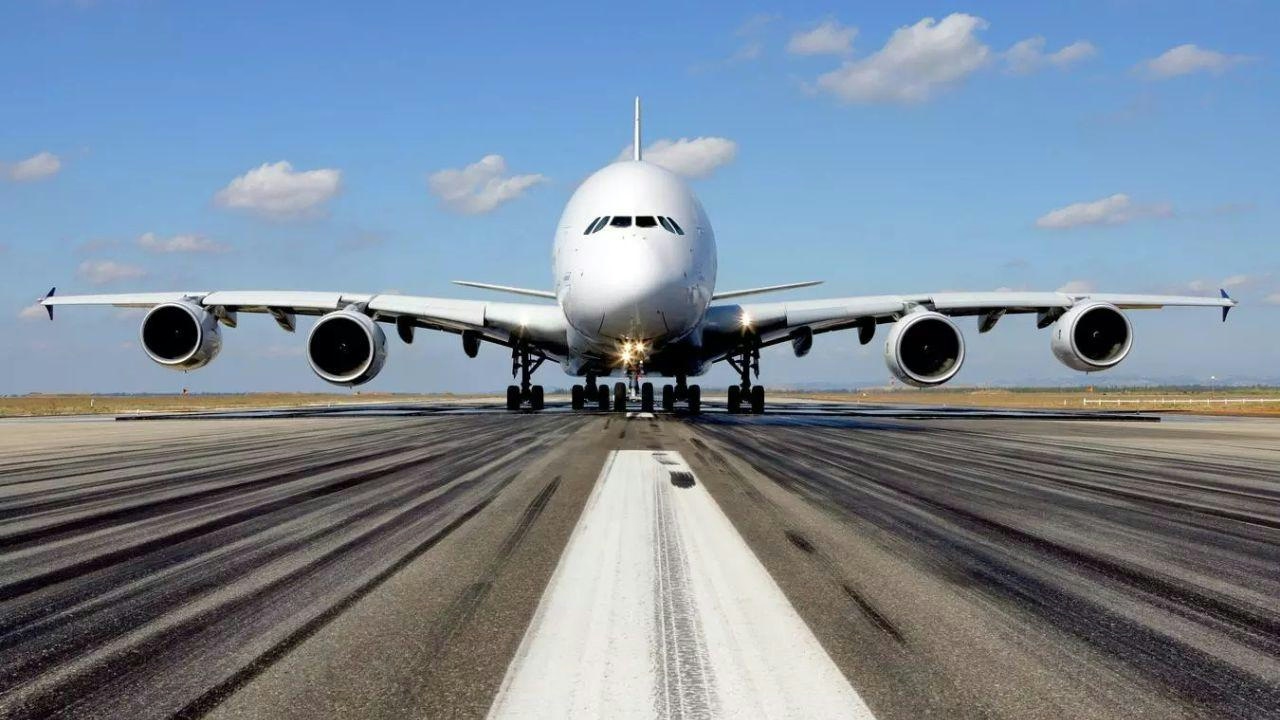
Brazilian Woman Becomes First Female Captain of Airbus A380

Airbus and Boeing: Comparing Their Global Reach

Vietjet Orders 100 Airbus A321neo Jets, Strengthening UK-Vietnam Strategic Partnership
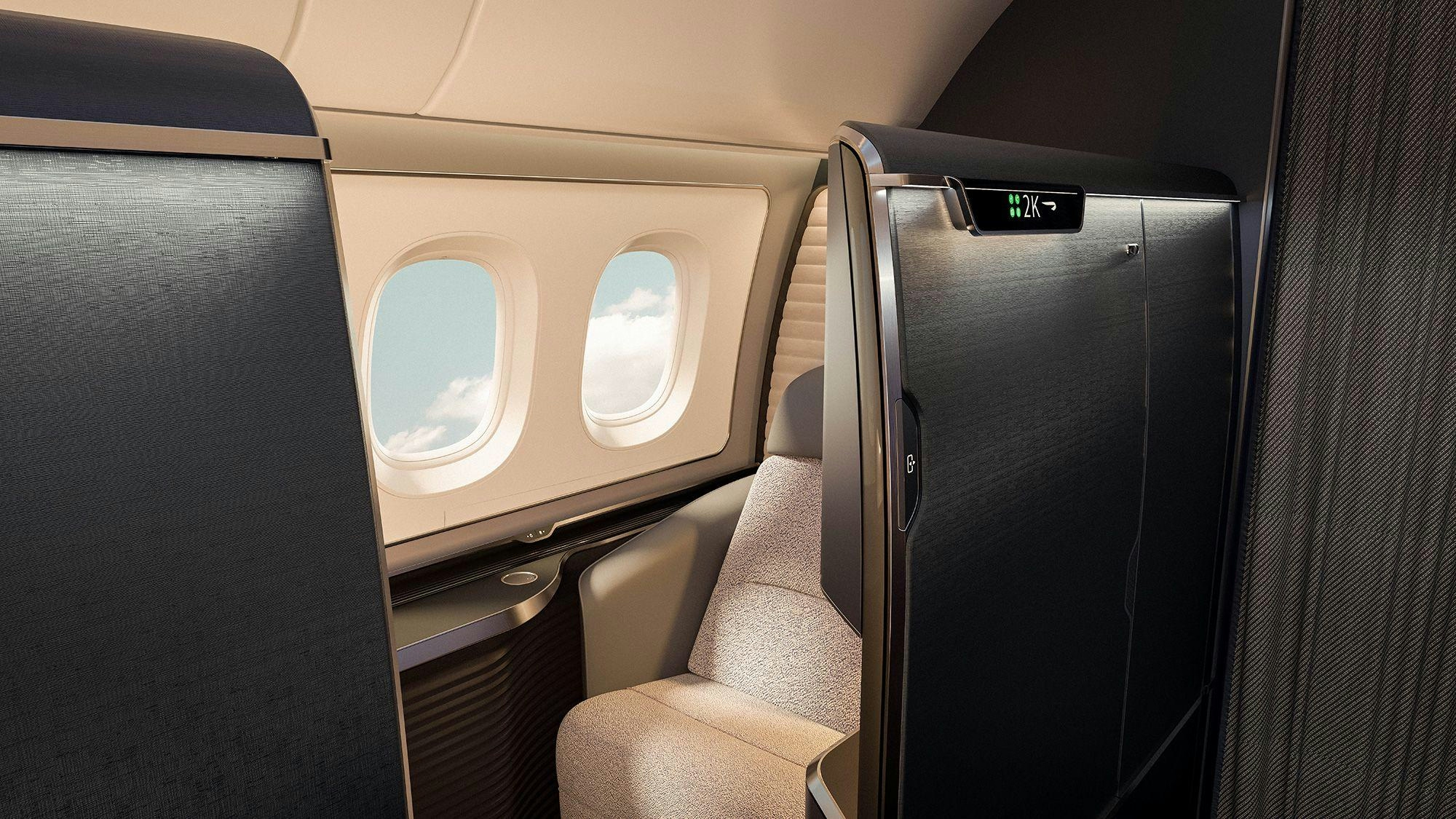
The Aircraft Set to Replace the Iconic Superjumbo

Delta Air Lines Introduces AI-Powered Concierge Service

Shanghai to Host 2025 North Bund International Aviation Forum

Air Methods Acquires Three Bell 407GX Helicopters and Receives Bell 429 for Medical Fleet
